Health & Safety At Work
For every business out there the are two assets that are the most important to ensure the company thrives, namely staff and clients. With that in mind having the correct attitude to Health & Safety plus procedures and training in place is imperative. We have listed below some of the training and qualifications our team have had to ensure they protect themselves, the clients and members of the public whilst working on sites.
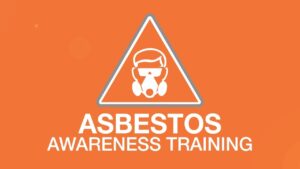 Most premises have had asbestos surveys and have a register on site. However, being engineers working in all areas in a building it is important that they can recognise a risk and in turn know what to do if they find it.
Most premises have had asbestos surveys and have a register on site. However, being engineers working in all areas in a building it is important that they can recognise a risk and in turn know what to do if they find it.
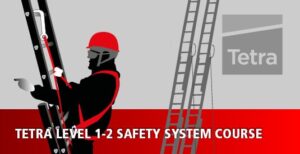 Due to the nature of our installations, there is often the need to work at height. Our engineers have been provided the Tetra Ladder Safety system that allows them to safely work on a ladder.
Due to the nature of our installations, there is often the need to work at height. Our engineers have been provided the Tetra Ladder Safety system that allows them to safely work on a ladder.
 For where we need to work at height internally a podium or tower is often required. A PASMA course teaches the engineers how to construct, test, use and dismantle a tower safely.
For where we need to work at height internally a podium or tower is often required. A PASMA course teaches the engineers how to construct, test, use and dismantle a tower safely.
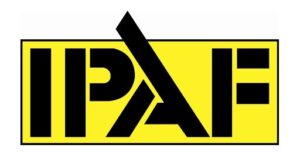 Sometimes on sites you cannot reach an item using either ladders or a podium. You need to employ a MEWP (Mobile Elevated Work Platform). An IPAF qualification means you have been taught the safe way to operate the unit.
Sometimes on sites you cannot reach an item using either ladders or a podium. You need to employ a MEWP (Mobile Elevated Work Platform). An IPAF qualification means you have been taught the safe way to operate the unit.
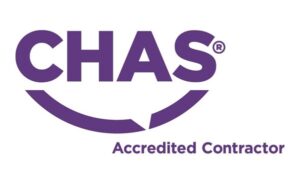 CHAS (Contractor Health & Safety Assessment) shows the outside world that you have thought about the health and safety of your workforce and clients and have implemented training and put procedures in place to ensure all risks are minimised.
CHAS (Contractor Health & Safety Assessment) shows the outside world that you have thought about the health and safety of your workforce and clients and have implemented training and put procedures in place to ensure all risks are minimised.
 SSIP (Safety Schemes In Procurement) tells companies that are looking to procure services from you that you have met their criteria in Health & Safety so that they can engage with you.
SSIP (Safety Schemes In Procurement) tells companies that are looking to procure services from you that you have met their criteria in Health & Safety so that they can engage with you.
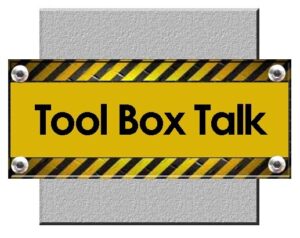 Regular Tool Box talks are undertaken (talks on one particular risk). This also allows the sharing of best practice amongst engineers on how to tackle any situation and what to look for.
Regular Tool Box talks are undertaken (talks on one particular risk). This also allows the sharing of best practice amongst engineers on how to tackle any situation and what to look for.
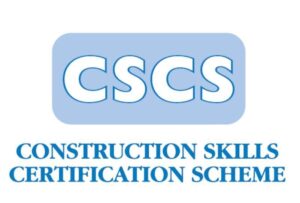 The engineers sit courses and take exams to get a certificate and work permit in the form of a card. This allows them to work on sites within the Construction Industry but the knowledge is transferrable to any site.
The engineers sit courses and take exams to get a certificate and work permit in the form of a card. This allows them to work on sites within the Construction Industry but the knowledge is transferrable to any site.
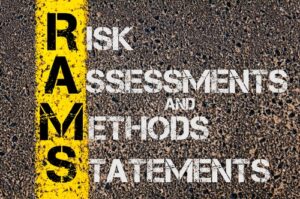 Lastly a RAMS Document (Risk Assessment & Method Statement) is individually written for your property which will identify to the engineer the risks that he must consider when working on site.
Lastly a RAMS Document (Risk Assessment & Method Statement) is individually written for your property which will identify to the engineer the risks that he must consider when working on site.

